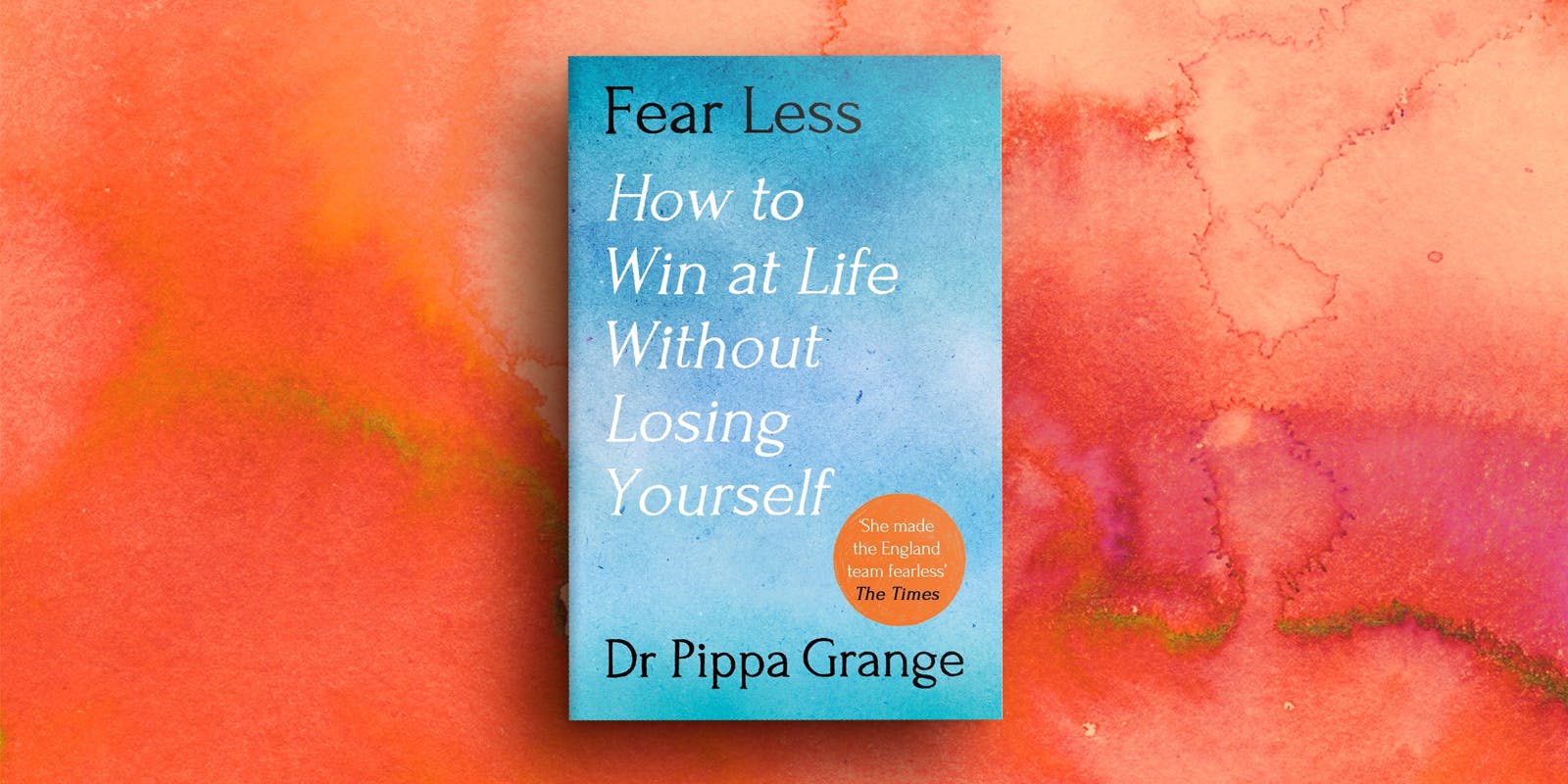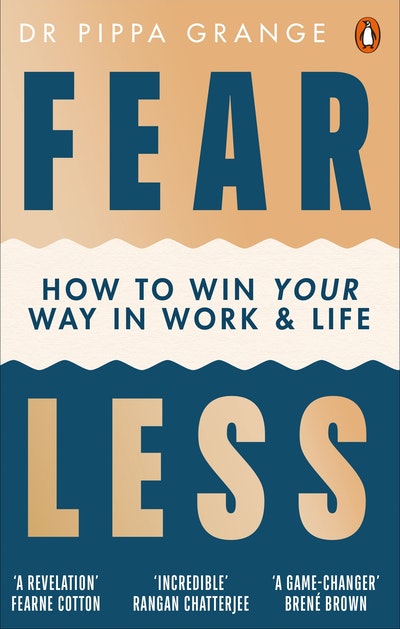From Fear Less, psychologist Pippa Grange offers a process for identifying your fears.
Fear, argues psychologist Pippa Grange, makes us anxious, or shameful, or turns us into perfectionists. It makes us pretend to be someone else while aiming for a status that’s never truly satisfying. In Grange’s book, Fear Less, she reveals another way. A way to find our true voice, to win on our own terms.
Fear Less is not the usual kind of ‘self- help’ book. There are no quick fixes, and you won’t find a cure-all technique to apply to all your problems. ‘This book is a collection of ideas and experiences,’ writes Grange. ‘As you read about other people’s experiences, their stories and how they have overcome fear, my hope is that they will help you reimagine how fear plays out in your life, and what you can do or how you can change. Some particular moments, elements or pieces of other people’s jigsaw puzzles will chime with you, or feel like possible approaches to a particular situation that will work for you. I believe those deep moments of understanding stay with us far longer than trying to reshape our lives through a trick or a technique.’
For many of us, the fear of not being good enough obstructs our abilities to achieve our goals: our real, bottom-of-the-heart aspirations. All the big stuff. But what is it we’re really afraid of? And what impacts are these fears having on our lives? In the passage below, Grange introduces a three-step process to recognising the fears that are holding us back.
The fear of not being good enough can surface as a vague, faceless anxiety that you can’t explain or rationalise. It’s when something doesn’t feel right or doesn’t feel enough, even while life looks great on paper.
How to uncover your not-good-enough fears
How can we unearth the fears that are running our lives? I’ve found that if we can coax them out of hiding, we can then start to change them. This is a three-stage process that I’ve named See, Face, Replace.
1. See it
Before you try to solve anything, it’s important to see and name what it is that you’re fearful of. This goes beyond self-diagnosis, labels and other people’s opinions, as it’s about finding a way of getting familiar with your own fears, as well as their energy and texture. What does your fear look like to you? What does it feel like? Identifying and describing your fears is the first step towards dealing with them.
2. Face it
This is when you go inwards and look at how your fear is showing up in your life. What does it cost you? What does it add to your life? What does it cost other people?
3. Replace it
Finally, you replace your fear with something that gives you more strength and hope. This comes from reinterpreting and reimagining the stories that run you.














